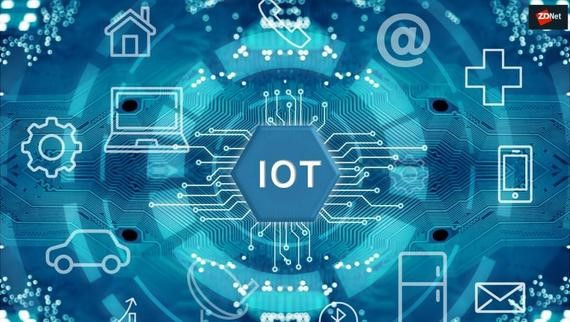Internet of things (IOT): THE NEW TECH IN MECH?
- webtheinquisityclu
- Oct 11, 2020
- 3 min read
In recent times, the advancements and thorough research in the usage of tech in the respective engineering fields led to some revolutionary and major discoveries that could change the way humans can perceive the tech and use them in engineering. Internet of Things (IoT) has been a massive revelation in the engineering industry and played a major role in mainly boosting the software industry. But the question that was raised by many is… will IoT have the same impact on Mechanical as it had on C.S and electronics and communication.

· SOURCE: Internet
WHAT IS IOT?
What exactly is IoT? To keep things simple, Internet of Things is something that describes the network of physical objects. Usually the “things” are embedded in sensors, software, and other such technologies to connect and exchange data with other devices and systems with the Internet as the main source. However, the definition of IoT has evolved over years due to the convergence of various technologies, real-time analytics, machine learning, commodity sensors and embedded systems. In the consumer market, However, IoT implies products that pertain to the concept of “smart home”, including devices and appliances{lighting, camera etc.) that support one or more ecosystems and can be controlled by devices that are associated with that ecosystems(smartphones).

Smart Kitchens could be reality with the help of IoT
HISTORY OF IOT.
The initial concept of a network consisting of smart devices was first discussed in as early as 1982, a modified Coca-Cola vending machine at Carnegie Mellon University became the first internet-connected appliance which was able to report its inventory and whether newly loaded drinks were cold or not. Mark Weiser’s 1991 paper on ubiquitous computing, “The Computer of the 21st Century”, as well as academic institutes like UbiComp and PerCom established the spectacular vision of IoT. In 1994 Reza Rezi described the concept as “moving small packets of data to a large set of nodes, to integrate and automate everything from home appliances to entire factories. Between 1993 to 1997 several companies proposed various solutions to develop on the concepts.

IOT IN MECHANICAL ENGINEERING
One of the main benefits of the IoT is the increasing ability for products to communicate with their manufacturer. Once the product leaves the assembly line, Feedback from the real-world usage will help mechanical engineers o fix software bugs and even make product improvements remotely. One of the major changes observed by the manufacturers was the move from mechanical systems to software-driven tools.
Many manufacturers have already made major progress in designing a product. The need to create a physical prototype of a newly developed product reduced with the introduction of a simulation system on a screen that will design a soft copy of the original product with all the dimensions on an appropriate scale, this helped reduce the cost of creating a physical prototype.
Innovation was also found in the software found in the mechatronic products that connect directly to the internet. This is a process of transforming products into IoT-driven intelligent devices capable of communicating with the manufacturer once they have left the production line.
As a result, following steps were taken by manufacturers
1)The software has the control over the production line
2)regular upgrading of the products.
3)sensor driven innovation.
Although IoT still remains a concept that needs to be explored when we speeak in terms of Mechanical Engineering, manufacturers have done well to integrate the usage of software along with the traditional assembly line model and improve the design and feedback of the newly developed product by the manufacturer.
A.S.S SIDDARDHA (Dept. Of Mechanical engineering)
REVA University




Comments